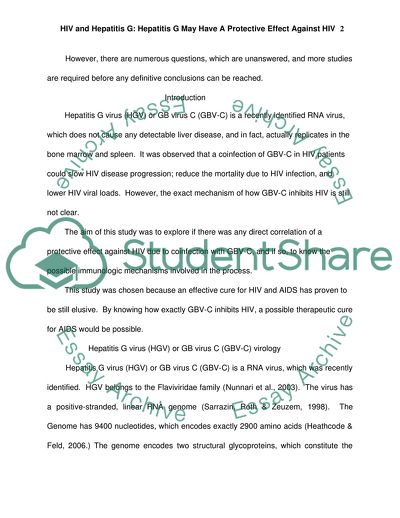Cite this document
(A Protective Effect against HIV Assignment Example | Topics and Well Written Essays - 3750 words, n.d.)
A Protective Effect against HIV Assignment Example | Topics and Well Written Essays - 3750 words. https://studentshare.org/health-sciences-medicine/1705233-hiv-and-hepatitis-g
A Protective Effect against HIV Assignment Example | Topics and Well Written Essays - 3750 words. https://studentshare.org/health-sciences-medicine/1705233-hiv-and-hepatitis-g
(A Protective Effect Against HIV Assignment Example | Topics and Well Written Essays - 3750 Words)
A Protective Effect Against HIV Assignment Example | Topics and Well Written Essays - 3750 Words. https://studentshare.org/health-sciences-medicine/1705233-hiv-and-hepatitis-g.
A Protective Effect Against HIV Assignment Example | Topics and Well Written Essays - 3750 Words. https://studentshare.org/health-sciences-medicine/1705233-hiv-and-hepatitis-g.
“A Protective Effect Against HIV Assignment Example | Topics and Well Written Essays - 3750 Words”. https://studentshare.org/health-sciences-medicine/1705233-hiv-and-hepatitis-g.


